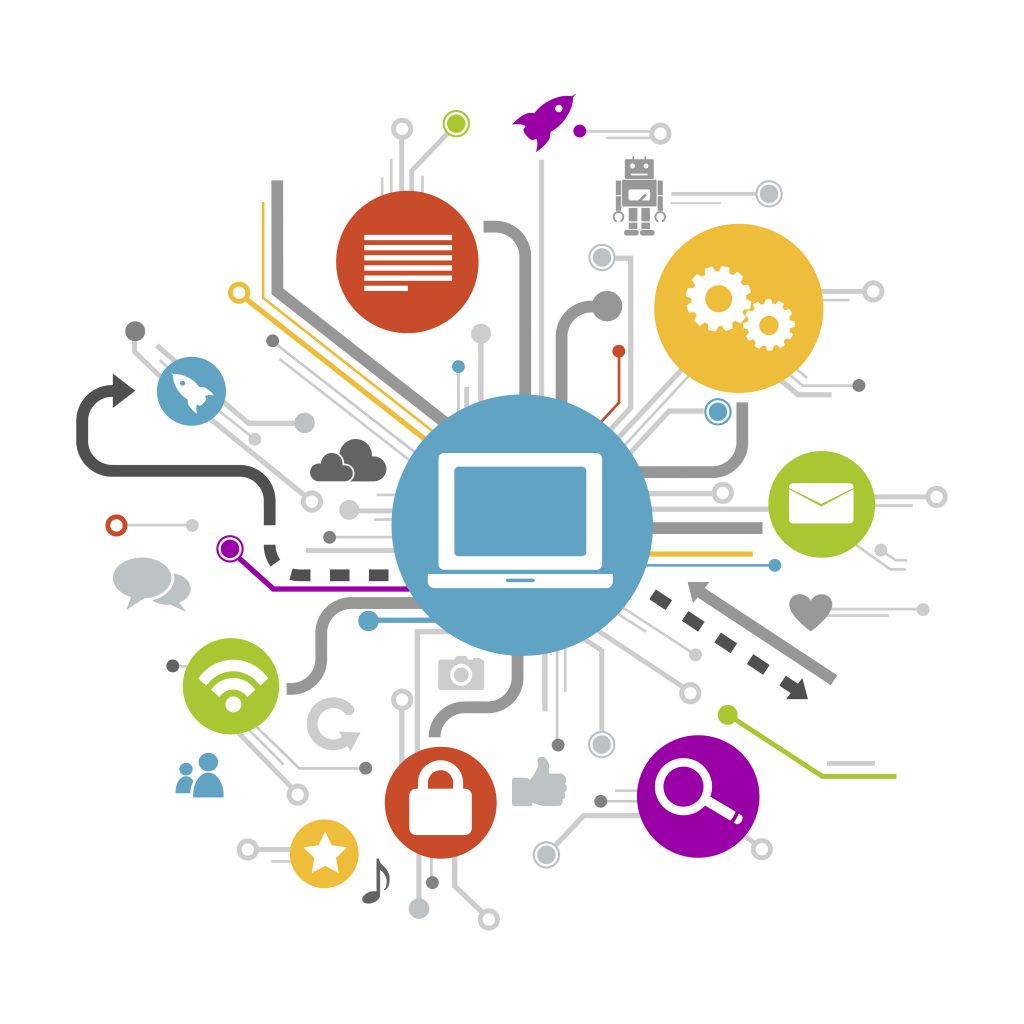
Innovate or Perish- Top 7 Technology trend to watch out for IT Services Companies in 2023
An Overview
As a Tech focussed marketing and strategy consulting firm Vichinth engages with Senior stakeholders in the industry and tracks the technology adoption both within Tech Enabled SMBs as well as Large Enterprises.
We are passionate about technology. We research it, undertake POCs with our development partners around it, write about it and constantly aim to evangelize it.
During the course of our research and interaction, we at Vichinth identified which technologies corporations continue to invest in. Which tech stacks are no longer an area of focus and what are some of the key challenges facing business leaders? Though not a comprehensive overview, we want to share some of our findings with our readers.
Introduction
From artificial intelligence and machine learning to blockchain and the Internet of Things, numerous emerging technologies have the potential to revolutionize how software is developed, deployed, and managed.
But for niche software companies foraying into new areas is not an easy task but at the same time if they remain ensconced in tech stacks that are waning it will be difficult for them to scale.
In this blog, we will explore the top 7 technology trends that IT Services should be exploring and venturing into for 2023, and how they can use these trends to stay ahead of the curve and deliver the best possible service to their clients.
Data Analytics and Engineering
Big data has been transforming the way corporates collect, store, and analyze data and has been trending for the last couple of years.
With the recent advance in areas like Data Lake and Real-time Analytics using platforms like Snowflake and Kafka. Corporations continue to explore and take advantage of the development happening in this domain.
With the rapid advancement in analytics, data visualization has also gained steam. Microsoft’s focus on this stack is seen through its strong focus on Power BI and the acquisition of Tableau by Salesforce. This is a strong harbinger of the direction that this domain is taking and an indication of another area that could be ventured into
Cloud
The question of whether or not to move to the cloud has long been answered, from large enterprises like Toyota, and Rabobank, to TiVo corporations organizations of all scales are adopting the cloud. But based on the growth Azure is seeing and Microsoft’s penetration in the large enterprise segment. Technology firms would be able to take advantage of the Hyperscale ecosystem and grow with Azure adoption if they embrace the Microsoft ecosystems.
The second aspect of the cloud that is still to catch on within Mid-Sized Services companies is how the Hybrid cloud is going to be a way forward for large enterprises.
Large engineering teams have long invested in computing hardware and it’s not always feasible to pull the plug on this environment, also cloud saves costs when the workload has spurts and is not easily predictable. Hybrid cloud addresses these two along with the fast-changing dynamics of privacy and security which are fast becoming a factor in various geographies like Europe, China and India
Edge Computing
With the increased adoption of IoT and similar technologies, undertaking computing on cloud can increases latency and that is where Edge Computing comes in to picture. One of the most recognized examples in Edge Computing would be Mobileye, a global leader in developing Advanced Driver Assistance Systems.
The above use case coupled with the recent Development in areas like Computer Vision Edge Computing can be a game-changer for IT Services corporations. The adoption of this technology will also be accelerated by developments in areas like 5G as high-speed networks would be a critical requirement for Edge Computing.
Edge computing has use cases at places ranging from security, for example, sensor-driven permitter security to manufacturing (computer vision-driven quality check). Sensor data has been captured for a long time, but running analytics on the data has not been easy. With Edge Computing corporations can analyse video feeds to monitor non-compliant situations and manufacturers can identify anomalies in the processes in near real-time.
Two of the corporations driving innovation in Edge Computing are nVidia and Alibaba
Low Code/ No Code
Low code/no code is an emerging technology trend that enables corporates to build business applications without requiring a significant amount of coding skills. Corporations ranging from Microsoft, and Outsystems to Zoho are investing in low-code/no-code platforms.
Some of the technologies that are gaining traction are still to become stable for large-scale deployment. But exceptions are platforms like Outsystems which are gaining traction even within large corporations like Humana and Medtronic.
AI
With the recent launch of ChatGPT Artificial Intelligence (AI) is increasingly in the news. And with its use cases ranging from healthcare to customer service, it is revolutionizing the way corporations operate.
But this is also bringing about a series of challenges for IT Services corporations. Things ranging from Mock-up generation to simple website development are now possible through AI.
Another aspect of AI is that working on areas like custom machine learning libraries is not possible for developers with average programming skills.
But with continued investment in this by Microsoft and Google, and rapidly maturing Machine Learning libraries like Keras, and PyTorch we are going to see some exciting time ahead in this space.
API Driven Development
The era of building full-scale applications and writing custom code is waning. With API Driven Development, developers are focused on writing custom code for the core logic at the front and back end, and then consuming services from other apps for aspects like SSO, User administration etc.
The advantage of this approach has been that development cycles have reduced and large scalable applications can be deployed without investing heavily in engineering.
By enabling seamless data exchange and integration between different systems, APIs can greatly improve the efficiency of business operations.
As API-driven development continues to evolve, it will become an increasingly important technology trend for businesses looking to stay competitive in today’s market.
Cybersecurity
With the increased penetration of the internet across devices, and cyber threats emanating from areas like Malware, ransomware, and data breach. Even large corporations with highly secure data centres have faced ransomware attacks.
With development like these Cybersecurity is becoming extremely important. The legacy systems of virus signature-driven cybersecurity are no longer enough, and that is where tech players like SentinelOne and CrowdStrike come into the picture.
These platforms require complex configurations and strong technical acumen to deploy.
In Conclusion
In conclusion, for tech companies, this is for sure not an exhaustive list, but more of a roadmap of areas that they should start exploring if want to continue their growth momentum. Want to know more, share your details by filling in the form

